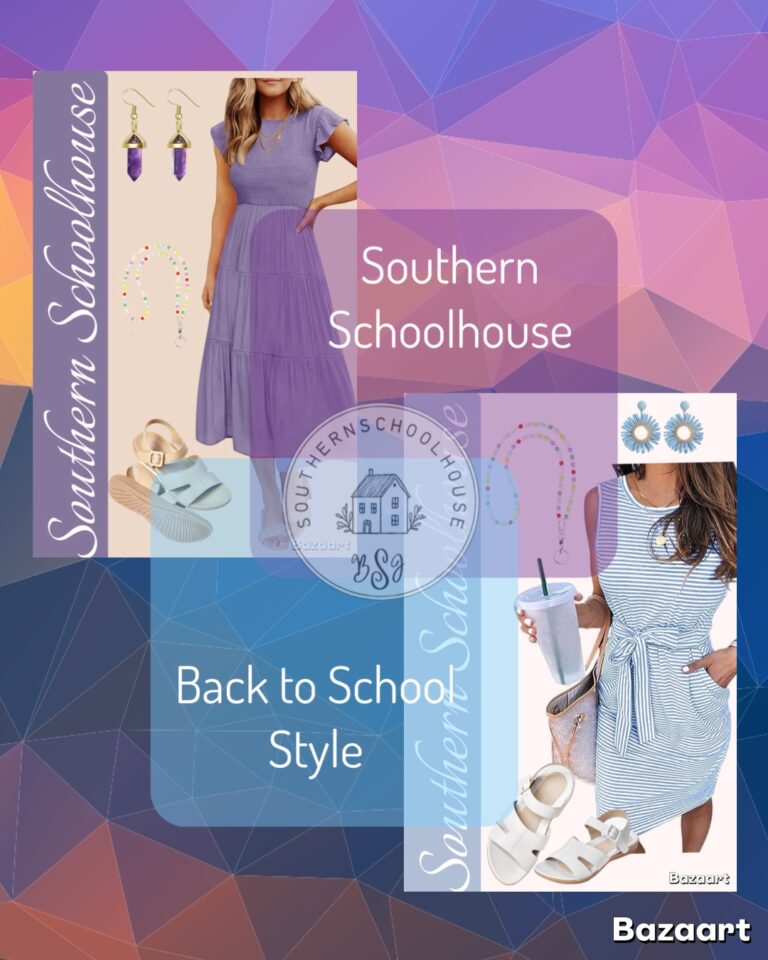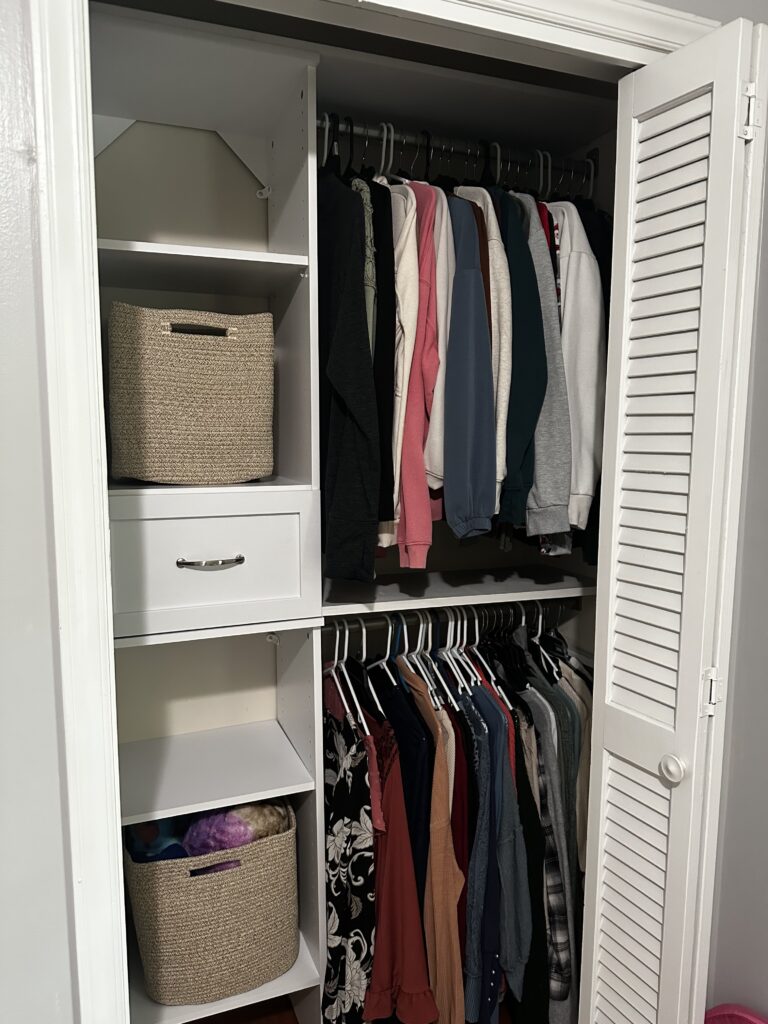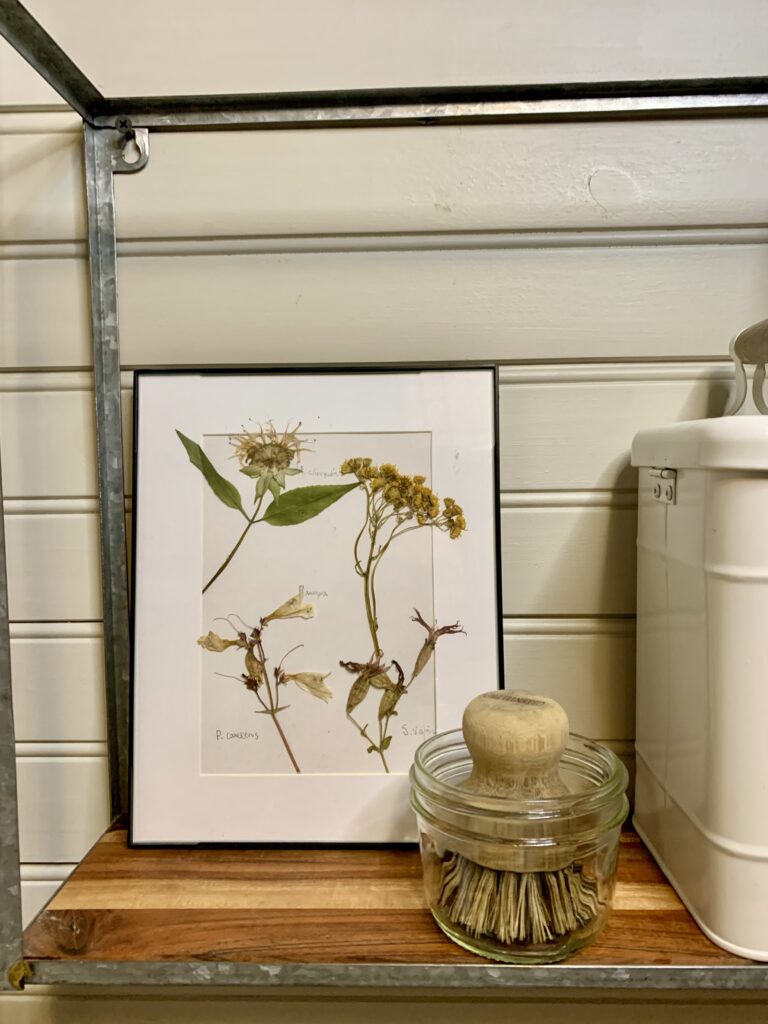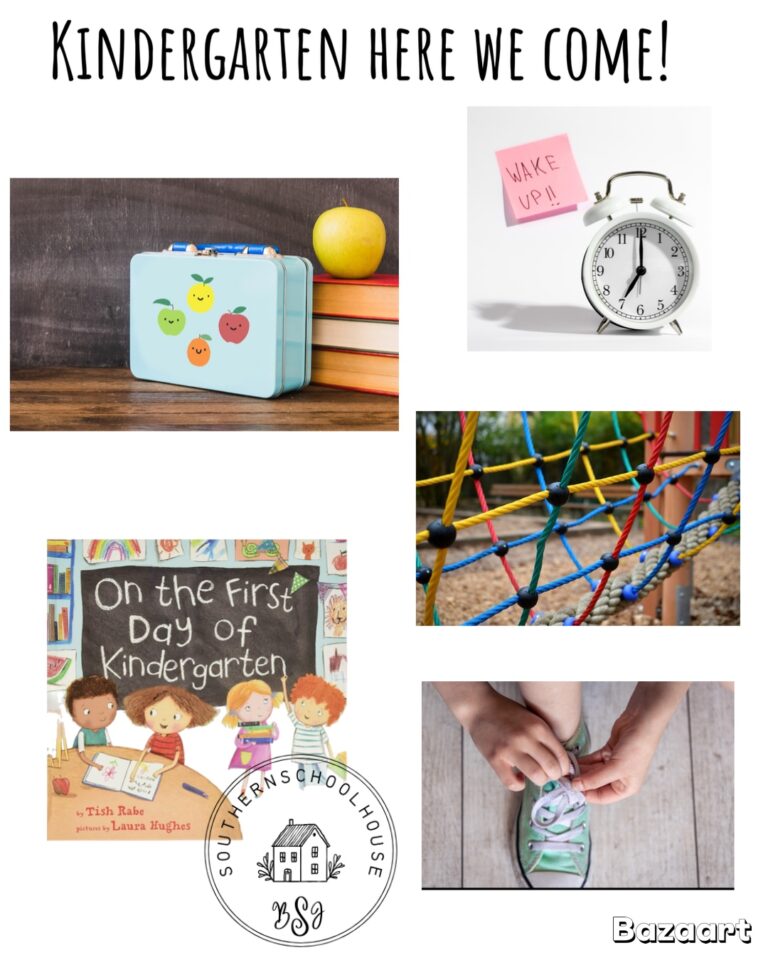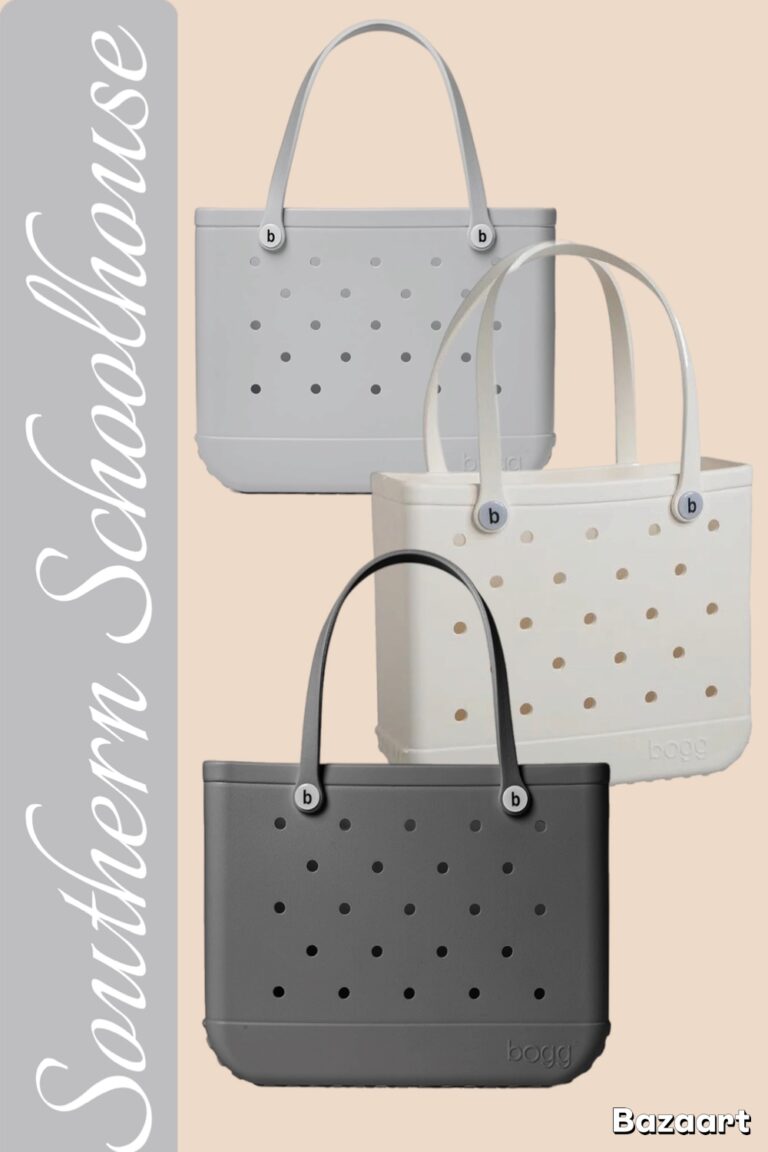By Shannon at the Southern Schoolhouse
Disclosure: This post may contain affiliate links, meaning we get a small commission if you decide to make a purchase through our links, at no cost to you.
Whether you’re in a regular education or special education classroom, paperwork is a constant part of the job, and it can sometimes feel overwhelming. In the past, I felt the need to keep every student’s completed work to ensure I had enough data for progress reports at the end of the nine-week period. Although I still keep a file bin with hanging folders for each student, I only keep the essential data—such as beginning, middle, and end-of-year assessments.

Managing IEP Paperwork:
Teachers and administrators understand the amount of paperwork that comes with IEP meetings. Once documents are signed, they’re filed in the office’s storage file cabinets. In my classroom, I keep a notebook with tabs for each student’s current IEP, so I can quickly access it when needed. This notebook is safely stored in a locked desk drawer.
I also use a desktop file organizer with sections for important paperwork I often need, such as the Parent Rights Handbook, meeting invites, and emergency sub plans. This helps prevent the frustration of searching for important documents, keeping these at arm’s reach.
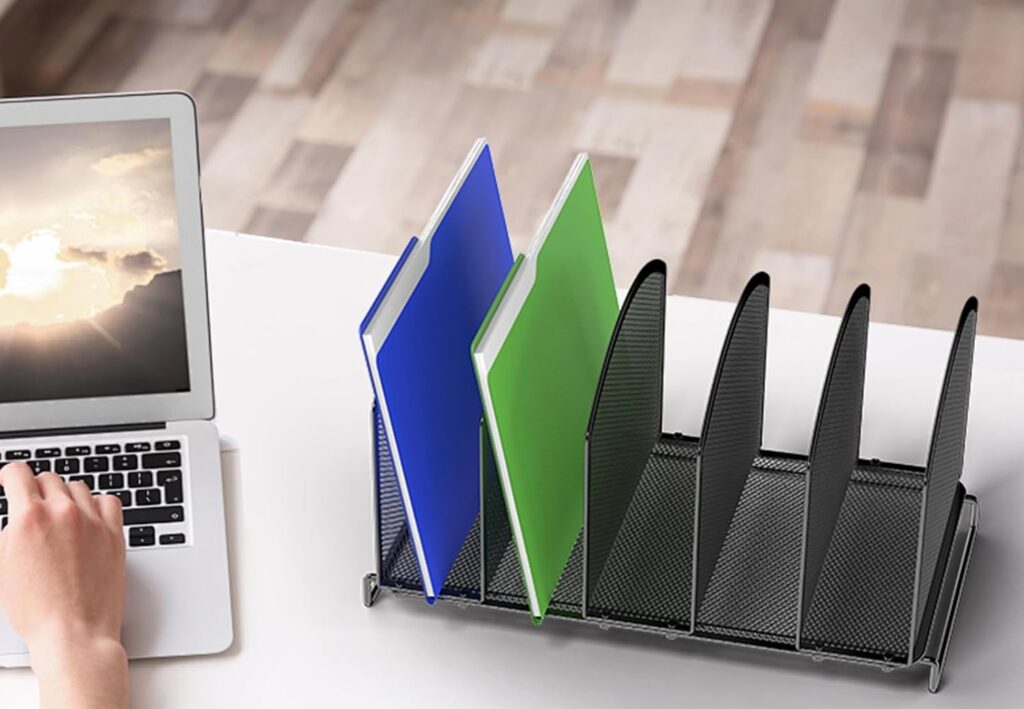
Digital Data Notebooks:
To reduce paper clutter, we keep digital data notebooks. Joy and I share a “Resource Data” Google folder that holds all our student data. Each student or group has their own folder with a Google Form and a linked data spreadsheet. The form includes student names, attendance, and IEP goals for subjects like reading and math. If a student has SEL goals, they have a separate form for those as well.
At the end of each week, we send these forms to the student’s regular education teachers for updates on their progress. After each group or rotation, we complete the form right away, which helps keep the data fresh and relevant. This daily data collection allows us to see the student’s growth and adjust instruction as needed.
For example, if a student is working on identifying numbers 1-15 and has trouble with 7 and 9, I can adjust the next lesson to focus on these two numbers. By the end of the nine weeks, I know whether the student has mastered the goal based on the daily data collected.
Streamlining the Process:
We’ve worked hard to make our forms quick and easy to complete, while still providing enough information to track student progress. At the end of the nine weeks, we detach the tab from the spreadsheet and add a new one for the upcoming period. This method also makes it easier to complete progress reports and prepare for annual IEP meetings.
We are still refining our process to make data collection even more efficient. Our goal is to minimize paperwork while ensuring we have the data needed to track student progress.
File Organizer Suggestions:
Here are two different file boxes. The first one is collapsible and a simple color. The second one is a box with a different material and look. They both have a lid and I like that because you can keep the information private.
Here are two desktop organizers. I like the inclined one because it gives me a view of each folder and their labels. Each one is just a preference and depends on how much space you have on your desk.



